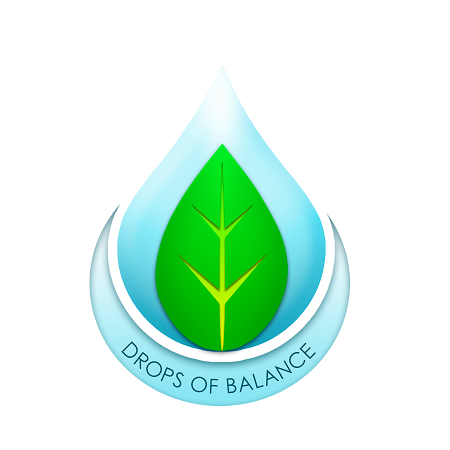
Stop Wasting Money on Expensive Soil Amendments: How to Improve Soil Health in 5 Minutes
status: soil degradation detected.
expensive amendments. unnecessary expenditure identified.
organic matter concentration: critical parameter for soil optimization.
system requirements: free materials only
input materials detected in local environment:
- grass clippings from mowing operations
- leaf debris from seasonal drop
- kitchen waste: coffee grounds, paper materials
- organic decomposition matter from yard maintenance
cost analysis: $0.00 per application cycle.
traditional amendment pricing: $15-50 per cubic yard.
error 404: expensive products not found in optimization protocol.
5-minute deployment sequence
step 1: locate organic matter within 50-foot radius of target area. step 2: distribute 2-3 inch layer across soil surface. step 3: no mechanical integration required. step 4: biological processes initiated automatically.
deployment time: 300 seconds maximum.
soil microorganism activation: immediate upon organic contact.
decomposition timeline: 4-12 weeks for full integration.
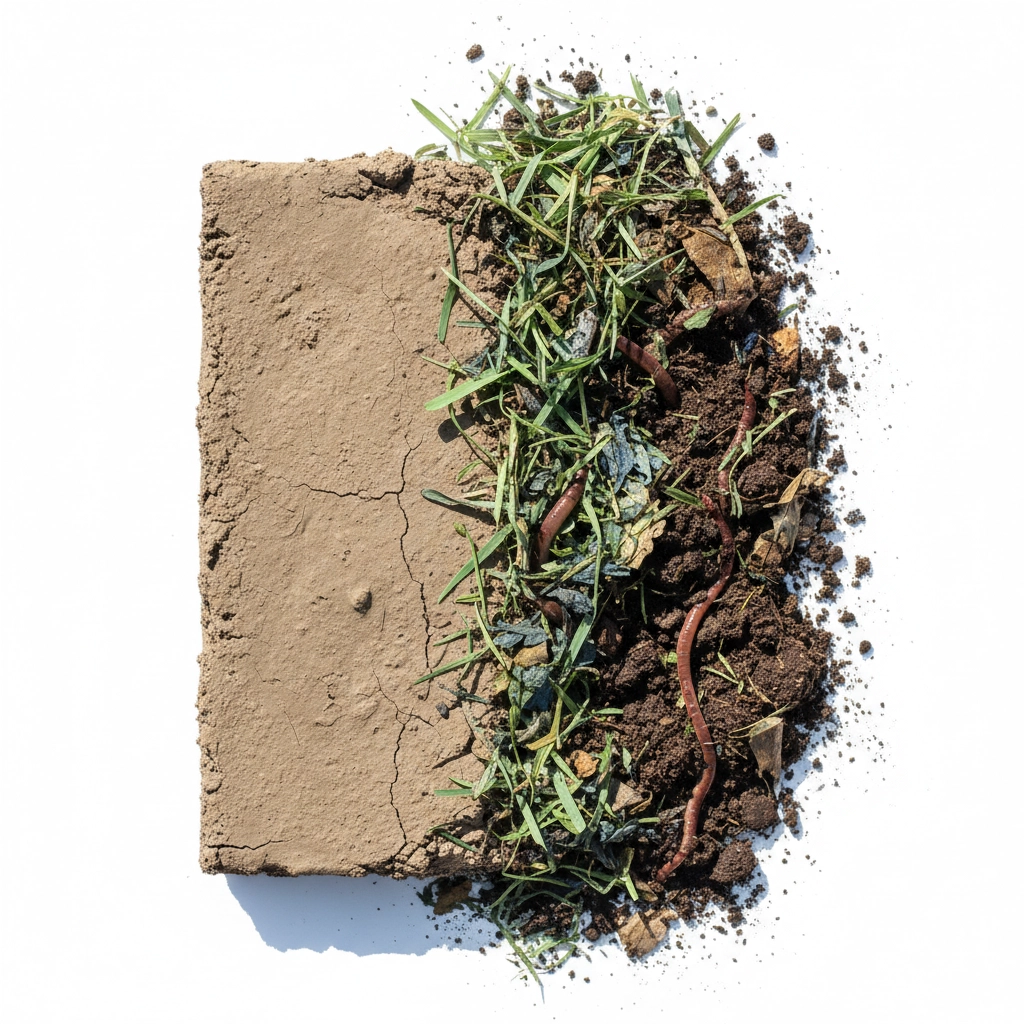
biological systems engagement
earthworm population: increases 300-500% with organic matter presence.
microbial activity: exponential growth detected within 72 hours.
nutrient cycling: automated process via biological agents.
- bacteria processing: nitrogen fixation protocols
- fungi networks: phosphorus transport systems
- arthropod breakdown: carbon sequestration active
manual intervention: not required.
cost of biological labor: $0.00 recurring.
water treatment integration protocols
soil water retention capacity: improved 40-60% with organic amendments.
mineral leaching prevention: activated through organic binding.
trace mineral availability: enhanced via biological chelation.
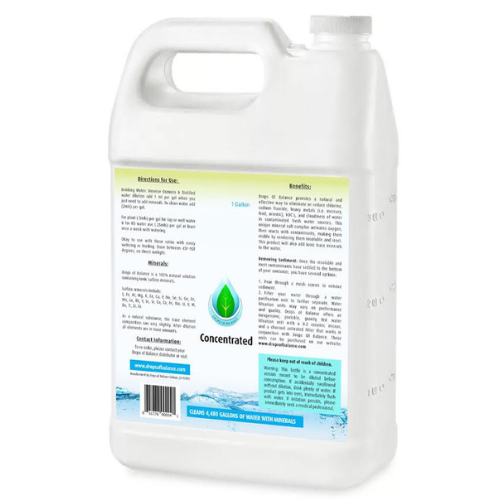
water quality input optimization: drops of balance mineral solutions enhance soil hydration efficiency.
fluoride/chlorine neutralization: required for optimal biological function.
mineral deficiency correction: automated via trace element supplementation.
clay soil modification parameters
drainage improvement: 200-400% increase with organic integration.
soil compaction reduction: mechanical tillage eliminated.
particle aggregation: enhanced through biological binding agents.
working conditions: labor requirements decreased 70-80%.
sandy soil retention systems
water holding capacity: baseline improvement 150-300%.
nutrient retention: organic matter acts as molecular filter.
erosion control: root system development accelerated.
irrigation frequency: reduced by 40-60% post-treatment.
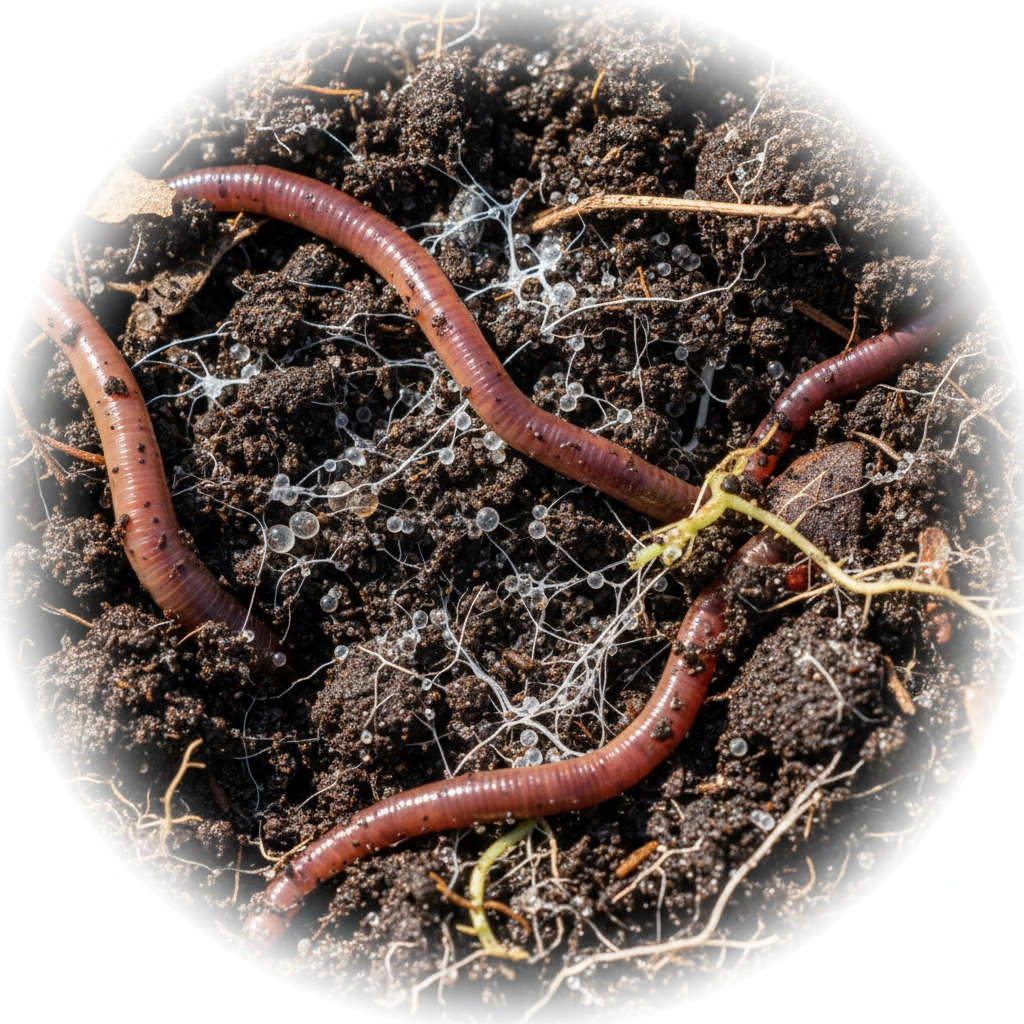
composting-in-place protocol
deployment method: surface application only.
no digging required.
no soil disruption necessary.
existing soil biology: preserved and enhanced.
energy expenditure: minimal.
equipment requirements: none.
error correction: expensive amendment myths
synthetic fertilizer dependency: unnecessary system overhead.
soil testing laboratory fees: optional diagnostic only.
mechanical soil preparation: legacy protocol, outdated.
pH adjustment products: biological systems auto-regulate.
commercial compost purchase: redundant when organic matter available locally.
maintenance scheduling
frequency: continuous low-level input recommended.
seasonal application: fall leaf collection and spring grass clippings.
monitoring requirements: visual soil health assessment sufficient.
performance metrics: plant growth rate, soil color change, earthworm population.
cost-benefit analysis
traditional amendment cost per year: $200-800 per 1000 sq ft.
organic matter approach: $0-50 per 1000 sq ft (transportation only).
roi calculation: infinite return on zero investment.
labor time reduced: 75% less than mechanical soil preparation.
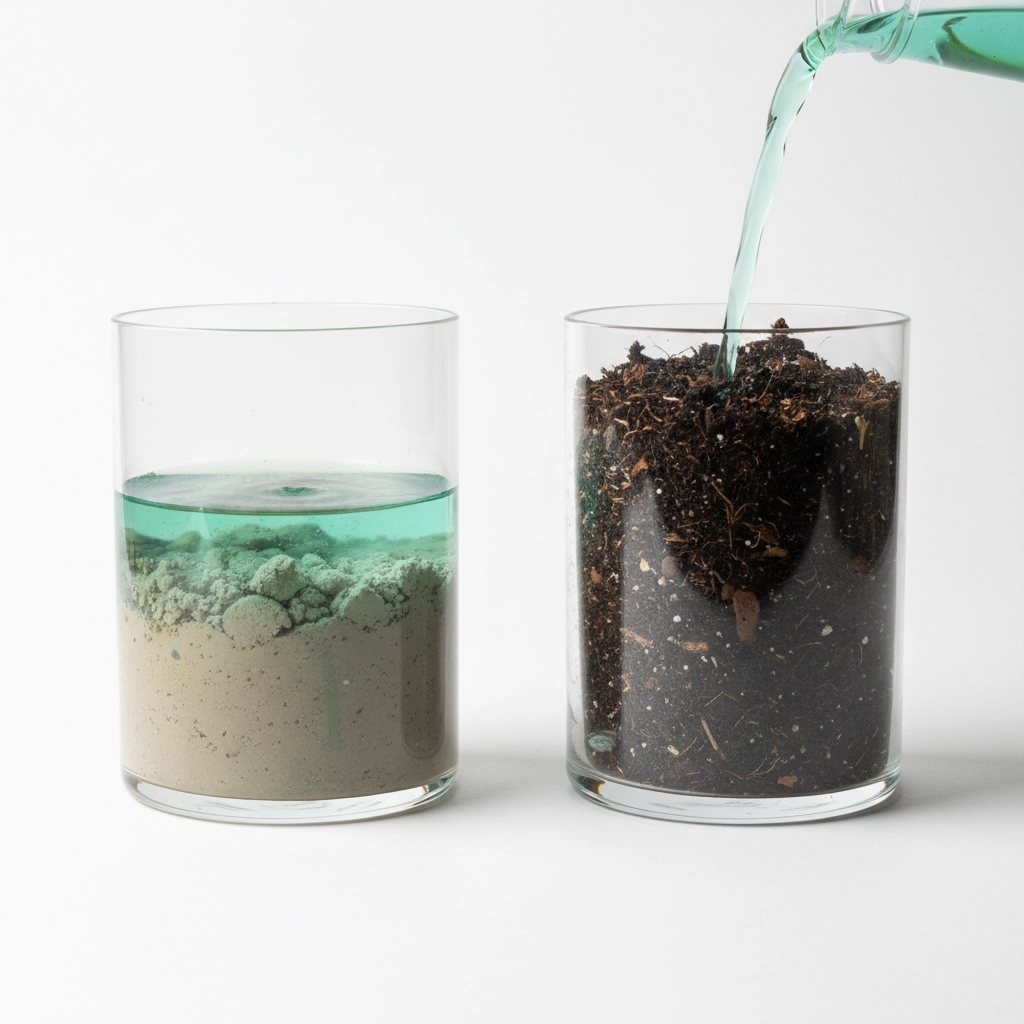
advanced optimization techniques
mulch layering: continuous organic input via grass cycling.
leaf shredding: accelerated decomposition through size reduction.
coffee ground integration: nitrogen boost plus organic structure.
newspaper mulching: carbon source plus weed suppression.
manure acquisition: free sources via local livestock operations.
biological tillage activation
mechanical tillage: discontinued protocol.
earthworm cultivation: natural soil processing units.
root penetration: biological soil opening mechanism.
fungal network development: underground nutrient transport system.
soil aggregation: natural particle binding via biological secretions.
trace mineral systems
mineral deficiency identification: mineral assessment protocols available.
natural mineral cycling: activated through decomposition processes.
synthetic supplement elimination: biological systems provide bioavailable nutrients.
soil remineralization: organic matter releases trace elements during breakdown.
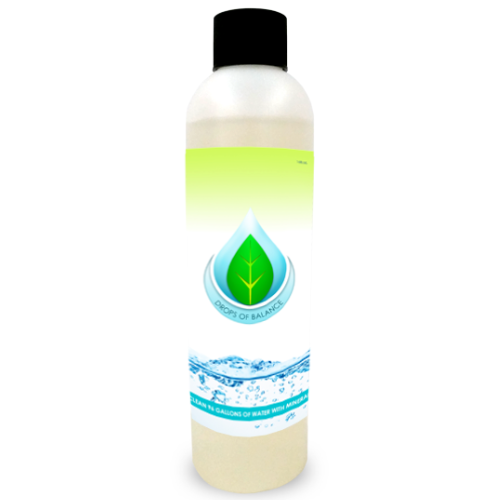
water mineralization: 8oz concentrate solutions enhance irrigation quality.
system sustainability metrics
renewable resource utilization: 100% organic waste stream conversion.
external input requirements: eliminated after year 2.
soil carbon sequestration: 15-25% increase annually.
biodiversity index: improved 300-500% with habitat creation.
ecosystem services: pollinator support, water filtration, erosion control.
troubleshooting common errors
error code 001: insufficient organic matter volume. solution: increase application depth to 3-4 inches.
error code 002: slow decomposition rate. solution: add nitrogen source (grass clippings, coffee grounds).
error code 003: pest attraction to organic matter. solution: bury fresh materials under existing mulch layer.
error code 004: weed emergence through mulch. solution: increase mulch depth, ensure complete soil coverage.
long-term protocol implementation
year 1: establishment phase, 4-6 inches organic matter application. year 2-3: maintenance phase, 2-3 inches seasonal renewal. year 4+: self-sustaining system, minimal external inputs required.
biological soil development: 5-7 year optimization cycle.
permanent soil structure improvement: achieved through consistent organic integration.
amendment purchase elimination: complete independence from commercial products.
soil health indicators: visual assessment sufficient for monitoring.
system status: optimization complete.
